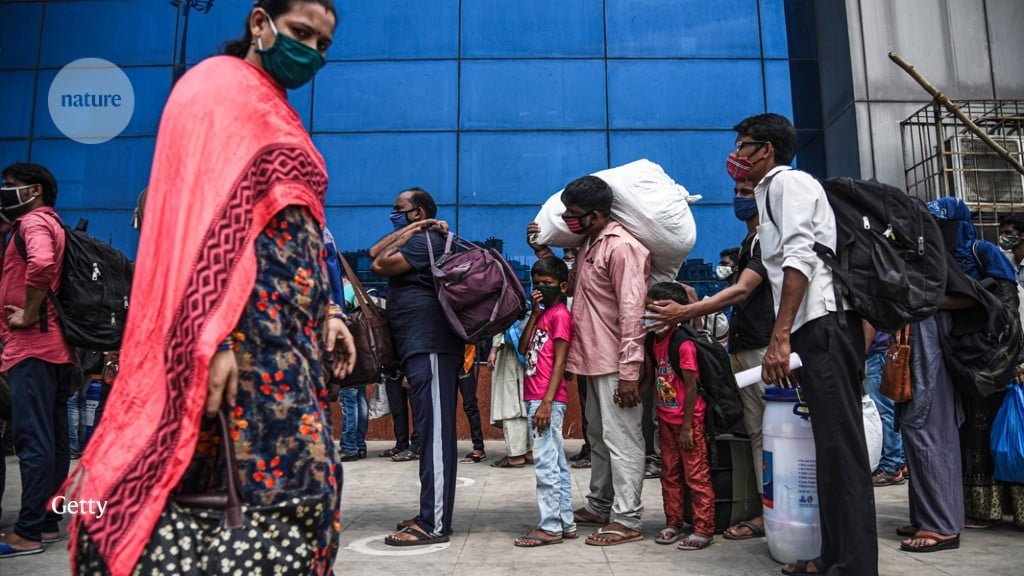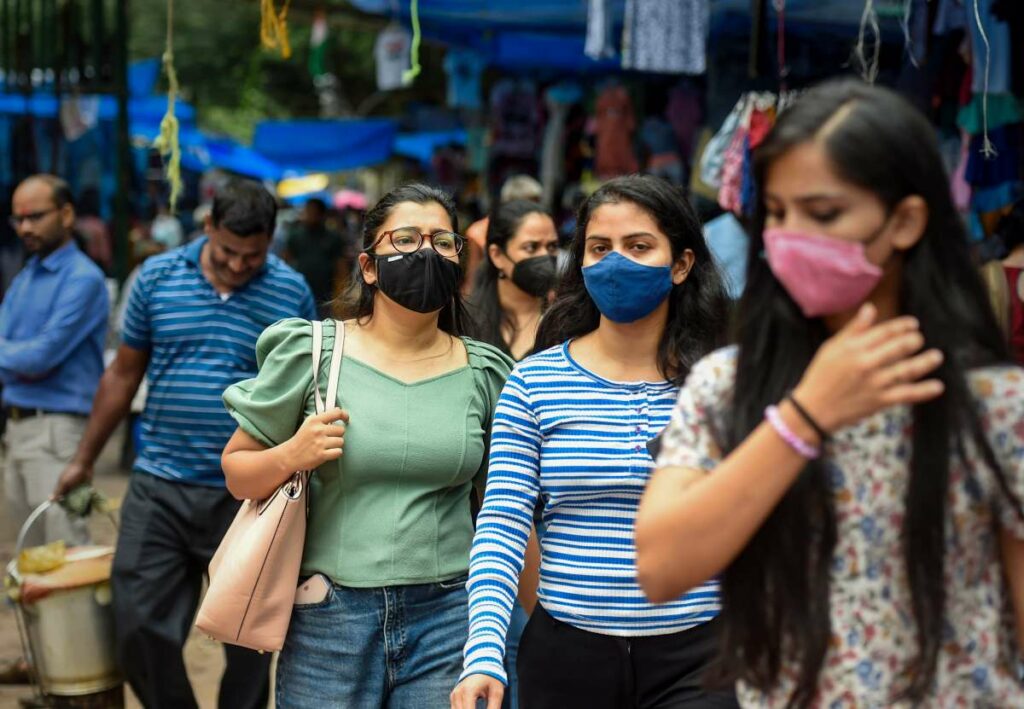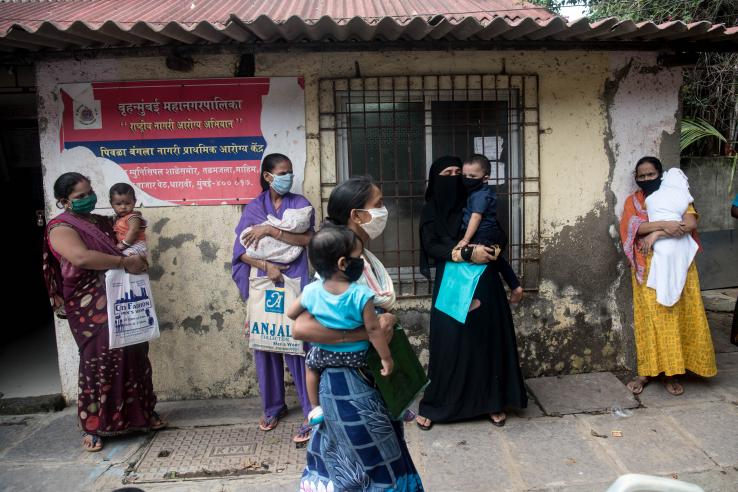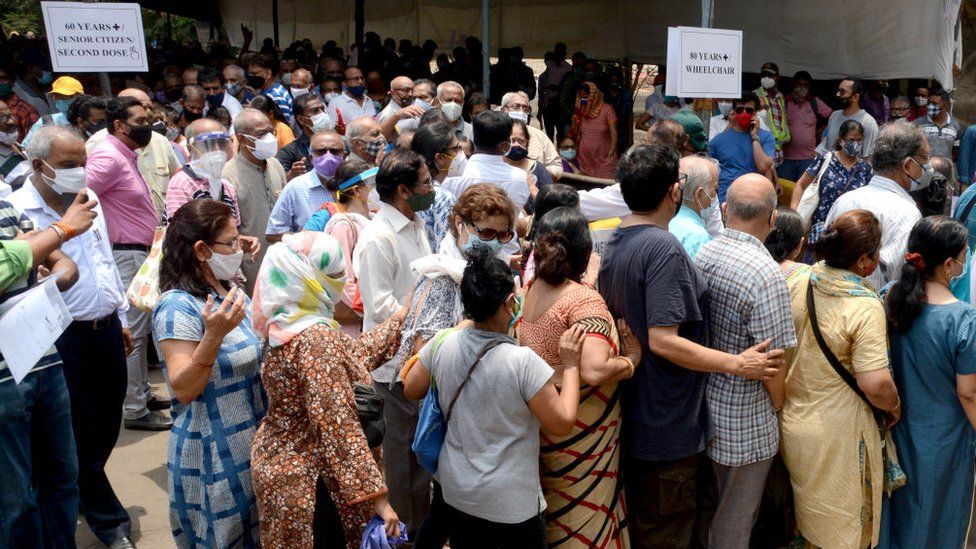India’s labour market has been disproportionately affected by the coronavirus-induced pandemic and the subsequent lockdown. The declining prospect of work in the job market has been well documented. Recently the World Bank report has revealed the dire situation of job availability, especially for marginalised groups in India.
Declining job opportunities for the youth: World Bank report
The report generally outlines that young people, between the ages of 15 to 24, are going to be worst affected due to the pandemic. Youth participants in the labour force have suffered from a major setback according to the previously published World Bank report. Young people are often engaged in work that lacks permanence and security. Thus, they become dispensable from the workforce whenever a cut-off becomes necessary. The pandemic with its series of lockdowns forced most companies and job sectors to initiate job cut-offs for them to keep doing business.
The New World Bank report states that, “while Covid-19 was an economy-wide shock, women, youth, and historically disadvantaged castes experienced relatively more adverse effects, partly due to the vulnerable and informal nature of their pre-pandemic occupations.”
The New World Bank report states that “while Covid-19 was an economy-wide shock, women, youth, and historically disadvantaged castes experienced relatively more adverse effects, partly due to the vulnerable and informal nature of their pre-pandemic occupations.”
Youth participants in the labour force drastically dropped by 20 percent in 2019 during the lockdown months in comparison to the months preceding the lockdown. The World Bank published its report based on a study of the responses generated by the Covid cohort.
The data collected showed that the chances of employment dropped by 16.3 percent four months after the pandemic started. This drop has continued to be four percent even after 16 months since its inception. Women were disproportionately affected by this drop in employment opportunities. The drop in employment percentage was much higher for them. Youths in job sectors also face a 10 percent higher chance of being pushed out of job sectors.
The Covid cohort consisted of individuals who were interviewed between November 2019 and February 2020. Their responses were tracked every four months until March-June of 2021. These responses were then compared with individuals’ responses taken between November 2017 and February 2018 or November 2018 and February 2019 as a baseline. Then these responses were followed up for the next 12 to 16 months.

The data collected showed that the chances of employment dropped by 16.3 percent four months after the pandemic started. This drop has continued to be four percent even after 16 months since its inception. Women were disproportionately affected by this drop in employment opportunities. The drop in employment percentage was much higher for them. Youths in job sectors also face a 10 percent higher chance of being pushed out of job sectors.
Also Read: A Gendered Analysis Of The Shift In International Relations During COVID-19
Due to this setback, there was a swift migration of the labour force into the agricultural sector. People’s participation in the agricultural sector rose by 4.68 percent due to the abrupt pandemic-induced migration.
World Banks’s observation on women’s participation in job sectors
Misogynistic biases led to women’s unemployment from corporate sectors to make sure that the breadwinner of each family, that is the male employees, can hold on to their jobs longer.
In terms of job participation and cut-off, casual workers suffered more than salaried employees in service sectors. Job security reached an all-time low. In this regard, self-employed individuals suffered from an acute lack of work opportunities and suffered the most. In the subsequent 12-month time frame, both casual workers and salaried workers recovered from the employment deficiency. However, self-employed individuals showed a steady decline in terms of employment opportunities and are yet to recover from the blow.
Many women withdrew themselves from the workforce during the pandemic to provide care work for their families and keep them safe. The chances of women returning to job sectors post-pandemic are bleak according to reports conducted in this area.

The World Bank compiled data that shows that between 20110 and 2020, women’s participation in the workforce steadily declined from 26 percent to 19 percent. With the pandemic raging on, Economists in Mumbai observed that female employment plummeted to 9 percent by 2022 at an alarming rate.
The intersection of caste lines with job cut-offs and its dire consequences
In terms of job participation and cut-off, casual workers suffered more than salaried employees in service sectors. Job security reached an all-time low. In this regard, self-employed individuals suffered from an acute lack of work opportunities and suffered the most. In the subsequent 12-month time frame, both casual workers and salaried workers recovered from the employment deficiency. However, self-employed individuals showed a steady decline in terms of employment opportunities and are yet to recover from the blow.
On a closer introspection of caste lines intersected with unemployed groups, it became evident that the Scheduled Castes/Tribes saw a steady decline in employment within the community. Among the entire population of the nation, Scheduled Castes/Tribes constituted 23 percent. The World Bank report highlighted that at the same time, the community’s representation within the casual workforce constituted 39 percent. This over-representation of the marginalised community in the daily wage workforce resulted in a devastating measure of unemployment amidst the pandemic.
Also Read: Chennai Women Street Vendors Struggle Due To Economic Setback Brought By COVID-19
As a result, caste minorities found themselves at a disadvantage when it came to accessing limited resources of medical amenities, and other necessities during the pandemic. Thousands of daily wage migrant workers were driven out of employment without any means of transportation that would allow them to go back to their homes. Most took to the streets and walked for miles on foot. Many lost their lives under the unbearable strain of having to make such a journey on foot during a raging global pandemic. With no income and no support, their families were left vulnerable and susceptible to starvation.

Schools were closed, children were put to work and their childhood was sundered with an early introduction to wage earning for the family. With the losses of earning family members, many children who joined the workforce never came back to school in the subsequent months after the pandemic.
Also Read: The Challenges Of Accessing Self-Managed Abortions During COVID-19
Such circumstances and insurmountable losses within the under- privileged caste communities amounted to generational setbacks that would persist in the years to come.
About the author(s)
Debabratee (she/they) is a student of English Literature at Jadavpur University. When they are not found reading or writing, they are found running after their pet dog and cuddling with him. They are avid binge-watcher of all kinds of OTT content and like to dissect and analyse them in their free time.




